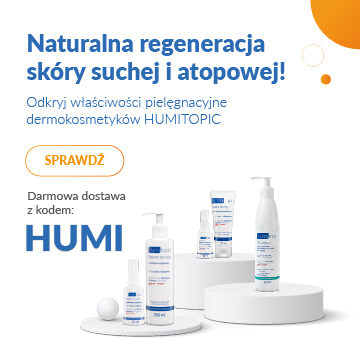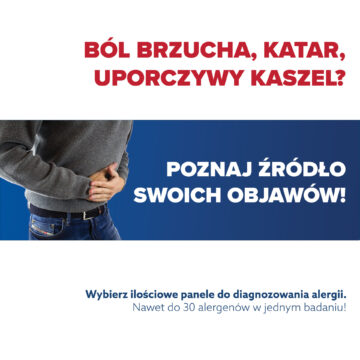Cobalt everywhere…
It is challenging to avoid contact with cobalt, as it is found almost everywhere. It is also an essential element for the proper functioning of our body. And this is because the metal is an important part of vitamin B12. In addition, it takes a significant part in the formation of amino acids and some proteins in nerve cells. People who follow a vegetarian and vegan diet are often deficient in this element. In contrast, an excess of it, like other metals, can be toxic to humans [1]. Where can we find cobalt?
- In food. Chocolate, offal, butter, seafood, ice cream, dried fruit, nuts, beans, peas, coffee, tea, cocoa, cakes, and desserts contain it [1].
- In cosmetics as a blue pigment. It is found in hair dyes, eye shadows, antiperspirants, tattoo pigments [2].
- In products of the metallurgical, ceramic and glass industries [3].
- It is also used in medicine: in dental and orthopaedic implants, pacemakers, metal parts of prostheses.
- In everyday objects: smartphones, laptops, computer mice, electric cars, jewellery, watches, keys, metal buttons, zippers and other fasteners, cleaning products, metal tools [1].

Cobalt allergy
Hypersensitivity to cobalt is categorised as a contact allergy, and its compounds dissolve easily on the skin. Symptoms do not appear immediately, but several hours after contact with the metal. Contact eczema is most evident after 2-4 days. Moreover, it does not occur as a result of contact with cobalt for the first time. Allergy to this metal can become active even months or years after regular contact [3]. It often co-occurs with nickel and chromium allergy [4].
Cobalt allergy can also be related to the profession. It mainly affects people working in industry, particularly in the metalworking sector. This is due to regular and frequent contact with metals, lubricants, oils, metalworking fluids or leather gloves. Artists and ceramic painters who use paints with cobalt compounds in the formula are also at risk [3, 5]. It is estimated that about 8% of Europeans are sensitised to this element. According to Professor K. Buczyłko, the following types of cobalt allergy can be distinguished:
- localized allergic contact dermatitis
- disseminated allergic contact dermatitis
- generalised contact allergy syndrome,
- post-nasal eczema,
- cobaltosis [1].
Hypersensitivity to cobalt can result in skin eczema, redness and itching, as well as oesophageal reflux, asthma symptoms or dry eyes [1].
To detect a cobalt allergy, patch skin tests on the back, and inhalation provocation tests are performed. When the results indicate hypersensitivity to the metal, a cobalt-deficient diet can be considered. However, caution should be exercised as this diet can cause vitamin B12 deficiency in the body. It is also advisable for us to pay attention to exposure to specific items, or to choose items that have little or no cobalt [1].
Natalia Gajek






